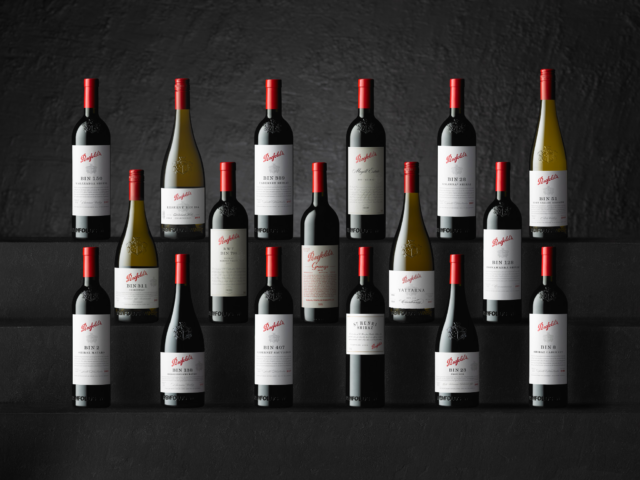This website uses cookies so that we can provide you with the best user experience possible. Cookie information is stored in your browser and performs functions such as recognising you when you return to our website and helping our team to understand which sections of the website you find most interesting and useful.
Has Treasury Wine Estates abandoned the China market?
At last week’s opening of a new $A165 million winery extension near Stockwell in the Barossa Valley, chief executive Tim Ford said: “I spend zero time thinking about it [the China market for Australian wines] coming back”.

But, he went on: “I spend 100% of my time on the country-of-origin strategy” – supplying the China market with wines produced outside Australia.
They are being sourced from France and the United States, and eventually it is planned, from China itself.
While Treasury’s Australian-produced wines now attract a 175.6% tariff, those it grows elsewhere are tariff-free in China.
Those punitive tariffs imposed by Beijing in late 2020 on Australian wines in retaliation for Canberra’s “belligerent ” stance on both human rights and the origins of the covid pandemic are scheduled to be lifted in 2025.
But Ford is working on the basis that they will become permanent. He has reset Treasury’s strategy on the basis that the Australian export market to China has gone forever.
That is ironic because the extended Barossa facility, which increases its output by about a third to more than 100 million litres annually, was announced in 2019 as a key cog in Treasury’s capability to supply what was burgeoning demand from China. It is now the largest premium winemaking site in the Southern hemisphere.
Until Beijing effective slammed the door on Australia’s SA1.3 billion wine exports, the fast-expanding Chinese middle classes were buying the iconic Penfolds brand in ever increasing volumes, so much so that counterfeiting was rife.
The Stockwell extension has been scaled back marginally to reflect the effective disappearance of Treasury’s exports to China. Its sales there plummeted from $A72 million in the six months to the end of 2022 to just $A2 million in the same period last year.
Forced into a drastic change of strategy (China took almost 40% of the company’s exports), Treasury is seeking to build up sales from Australia to other Far Eastern markets, notably Thailand, Malaysia, Vietnam and Singapore as well as expanding demand for its premium wines in America.
Aware of the danger of devaluing the Penfolds brand name by discounting suddenly surplus stock, Ford is playing the longer game of building demand through quality and reputation.
And, he says, Treasury is beating its internal targets for diversification. “We are ahead of where we thought we would be”, he said last week.
In the past couple of years Treasury has bought the Frank Family Vineyard in the Napa Valley for which Treasury paid $315 million.
It has also purchased Left Bank properties in Bordeaux including Chateau Belle-Vue (15 hectares), Chateau Gironville (5 ha) and Chateau Bolaire (7ha) to add to Chateau Cambon la Pelouse which it bought in 2019.
Further purchases are rumoured to be imminent as part of the premiumisation strategy and the global development of the Penfolds brand, which in 2019 Prowein said was the most valuable in the world. That, however, was before the loss of the China market.
Over the past year Treasury’s shares have gained about 8.5% but since Christmas they have fallen by 13% in response to the recession, extended lockdowns in Australia before Easter, and the global stock market slump.
Capitalised at just above $S8 billion, some analysts believe the shares are undervalued by as much as 20%, given Treasury’s development since the Beijing bombshell.
They reason that apart from being ahead in its country-of -origin strategy, Treasury is making faster inroads to the crucial American market than expected now that it has restructured the business, sold off commodity lines and repositioned the portfolio.
It now has what Ford calls a focus on delivering portfolio expansion there through “relentless” focus on premiumisation.
Ben Dollard, the president of Treasury Americas, has said the aim is to become market leader for premium wines in America.
In addition brokers were encouraged by Ford believing that despite inflationary cost pressures pushing up the price of glass, closures and labels as well as high shipping rates, “we haven’t seen it escalate”.
They calculated that extra costs this year will be toward the lower end of the SA10m to $A20m bracket they had pencilled in.
Related news
Russia imposes vodka price increase
Is the writing on the wall for Australian Shiraz?
Zuccardi: 'I don’t want to make a ‘perfect’ wine, but one that talks about my vision of the area'

